Beautiful Plants For Your Interior
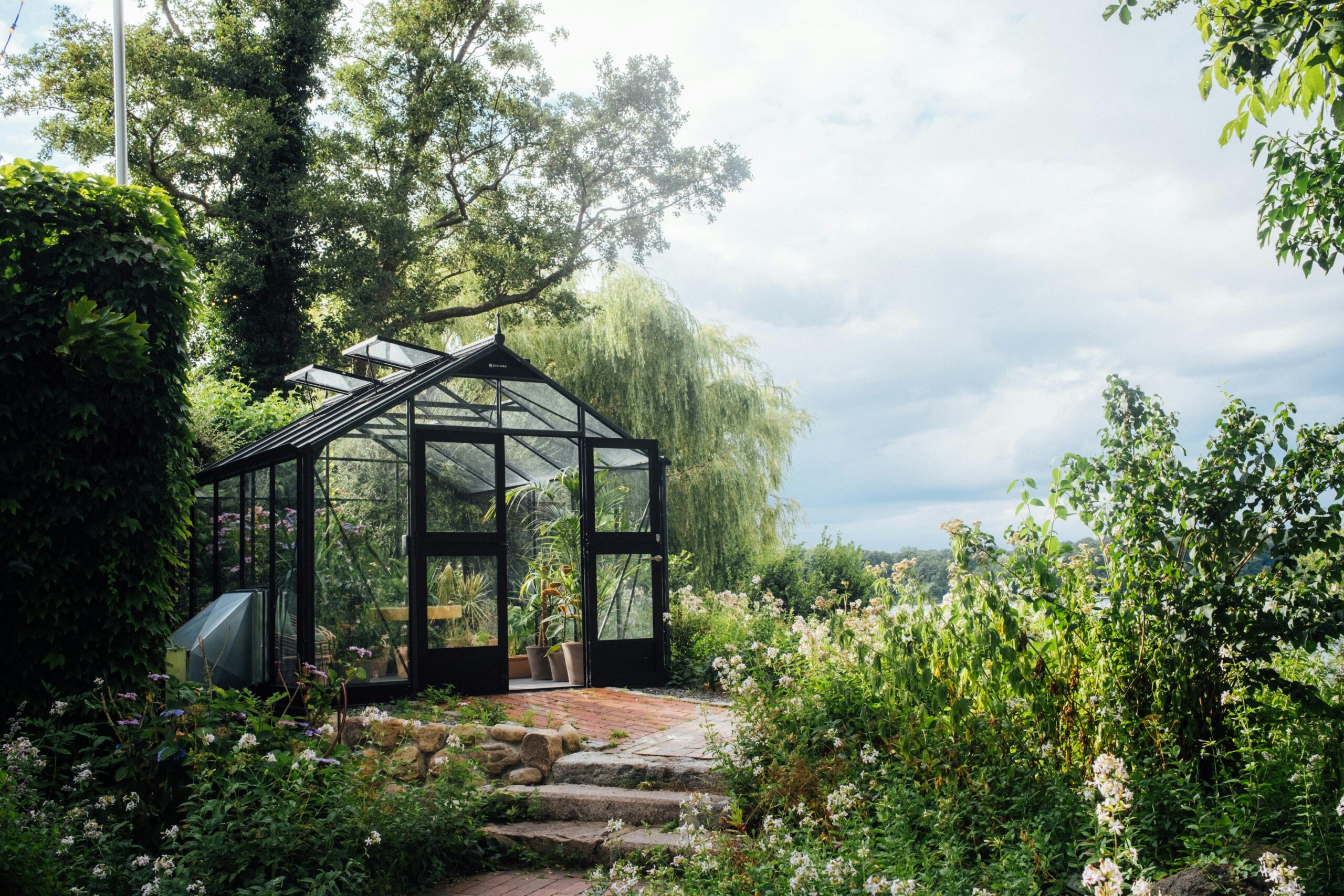
Urban Gardening Tips: How to Create a Flourishing Garden in Limited Space
Introduction
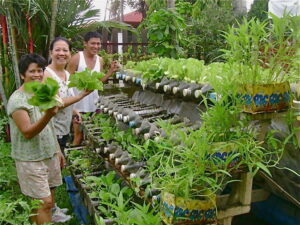
Imagine stepping out onto your balcony and being greeted by the vibrant colors of flowers, the fresh scent of herbs, and the lush green of vegetables, all flourishing in your urban oasis. Urban gardening isn’t just a trend; it’s a way of life for many city dwellers who long for a connection to nature in their busy lives. In this guide, we’ll explore essential urban gardening tips that will help you cultivate a flourishing garden, even in the tiniest of spaces.
When it comes to urban gardening tips, the key is to maximize every inch of your available space. Whether you have a tiny balcony or a small backyard, these urban gardening tips can help you create a lush green oasis right in the heart of the city. Start by selecting plants that thrive in limited space, such as herbs, cherry tomatoes, and compact vegetables.
Utilizing vertical gardening techniques is another of the best urban gardening tips; this allows you to grow upwards rather than outwards, making the most of your limited area. Additionally, pay close attention to sunlight exposure, as many urban gardening tips emphasize the importance of finding the sunniest spots for your plants. By incorporating these practical and effective urban gardening tips, you can enjoy a thriving garden that not only beautifies your living space but also provides fresh produce and a deeper connection to nature.
Understanding Urban Gardening
What is Urban Gardening?
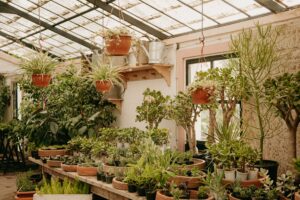
Urban gardening refers to the practice of cultivating, processing, and distributing food in and around urban areas. It’s a movement driven by the need to make the most out of limited space and resources, allowing city dwellers to grow their own food and create green spaces amidst concrete jungles.
Why Urban Gardening?
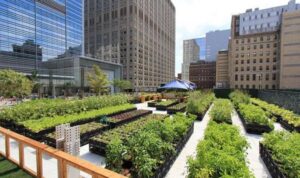
Urban gardening offers numerous benefits. It enhances the aesthetic appeal of your living space, provides fresh produce, promotes environmental sustainability, and even fosters community connections. It’s like having a slice of nature right at your fingertips.
Assessing Your Space
Evaluate Available Space
Before you dive into gardening, take a good look at your surroundings. Do you have a balcony, a small yard, or just a windowsill? Each space has its unique potential for urban gardening.
Measure Sunlight Exposure

Sunlight is crucial for plant growth. Observe your space at different times of the day to see where the sun hits the most. Most plants thrive in six to eight hours of sunlight, so find those sunny spots for your garden.
Choosing the Right Plants
Selecting Plants for Small Spaces
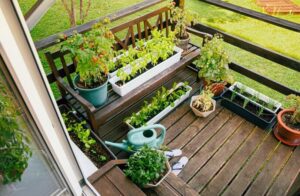
Not all plants are suited for urban gardening. Opt for compact varieties or those that can thrive in containers. Herbs, cherry tomatoes, and leafy greens are excellent choices for limited spaces.
Container Gardening vs. In-Ground Gardening
Container gardening allows for flexibility and is perfect for urban settings. You can place pots on a balcony or a patio, while in-ground gardening might be an option if you have a small yard. Each has its advantages, so choose based on your space and preferences.
Essential Gardening Supplies
Recommended Tools
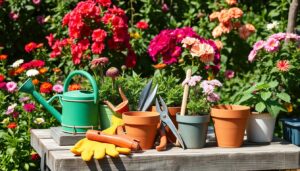
Invest in basic gardening tools like a trowel, pruning shears, and a watering can. You don’t need a full garden shed to get started; a small set of tools can go a long way.
Quality Soil and Fertilizers
Quality soil is the foundation of a flourishing garden. Look for potting mixes that provide good drainage and nutrients. Organic fertilizers can boost your plants’ growth and health, making your urban garden thrive.
Designing Your Garden Layout
Creative Ways to Use Vertical Space
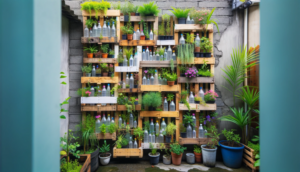
In urban gardening, vertical space is your best friend. Use wall planters, hanging pots, and trellises to maximize your growing area. Think of it as building a garden skyscraper!
Importance of Organization
Plan your layout before planting. Organizing your plants by their needs (light, water, etc.) will help ensure that everything thrives. A little planning can prevent a lot of headaches later.
Watering Techniques for Small Spaces
Best Practices for Watering
In a small garden, overwatering can be just as damaging as underwatering. Use a moisture meter or your finger to check soil moisture before watering. Aim for consistent moisture without waterlogging your plants.
Water-Saving Techniques
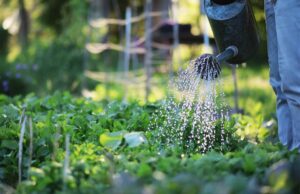
Consider using drip irrigation or self-watering pots to conserve water. Collecting rainwater can also be a sustainable way to keep your garden hydrated.
Pest Management in Urban Gardens
Common Pests to Watch For
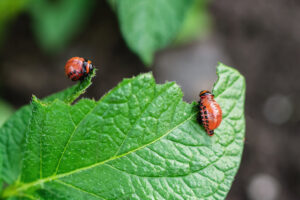
Urban gardens can attract various pests, from aphids to snails. Regularly inspect your plants and use organic pest control methods, such as neem oil or insecticidal soap, to keep your garden healthy.
Preventative Measures
Encouraging beneficial insects like ladybugs can help manage pests naturally. Companion planting is another strategy—certain plants can deter pests while helping others thrive.
Seasonal Gardening Tips
Understanding Seasonal Changes

Urban gardening is not just a spring and summer affair. Each season brings unique challenges and opportunities. Learn which plants thrive in different seasons and adapt your gardening strategies accordingly.
Preparing for Each Season
As the seasons change, so should your garden care routine. For example, in the fall, consider planting garlic or preparing your garden for winter. A little prep goes a long way in keeping your garden healthy year-round.
Incorporating Edible Plants
Benefits of Growing Your Own Food
There’s something incredibly satisfying about growing your own food. Fresh herbs and vegetables not only taste better but also contribute to a healthier lifestyle.
Easy-to-Grow Edible Plants
Start with herbs like basil, parsley, or mint; they’re perfect for beginners and can be grown in pots. Leafy greens, such as spinach or lettuce, are also excellent choices for urban gardens.
Creating a Community Garden

Benefits of Community Gardens
Community gardens are fantastic for social interaction and sharing gardening tips. They promote biodiversity and can turn unused urban land into vibrant green spaces.
Tips for Collaboration
If you’re interested in starting or joining a community garden, reach out to local gardening clubs or neighborhood associations. Collaboration can lead to greater success and enjoyment.
Sustainable Gardening Practices
Eco-Friendly Methods
Sustainable urban gardening practices can reduce your carbon footprint. Use organic materials, compost your kitchen scraps, and avoid chemical pesticides to create a healthy ecosystem.
Importance of Composting
Composting not only reduces waste but also enriches your soil. Start a small compost bin for kitchen scraps and yard waste to turn garbage into garden gold.
Utilizing Technology in Urban Gardening
Apps and Gadgets
Technology can be a great ally in urban gardening. Use gardening apps for reminders, plant identification, and advice on care. Smart sensors can help you monitor soil moisture and temperature.
Monitoring Plant Health
Keeping an eye on your plants is easier than ever with tech tools. Many apps allow you to track growth progress and get tips for better care based on your specific plants.
Challenges of Urban Gardening
Common Obstacles
Urban gardening comes with its own set of challenges, from limited space and resources to pollution and pests. Acknowledging these issues can help you find solutions.
Adapting to Urban Conditions
Get creative with solutions! Use raised beds for better drainage, choose hardy plants that can withstand urban conditions, and embrace the challenge as part of the journey.
Conclusion
Creating a flourishing garden in limited urban space is not just possible; it’s a rewarding adventure. By following these urban gardening tips, you can transform your small area into a green paradise, enjoying the benefits of fresh produce and a deeper connection to nature. So grab your gardening gloves, get planting, and watch your urban oasis thrive!
If you are interested in reading more blogs so visit our Blog.
FAQs

1. What are the best plants for urban gardening?
Herbs, leafy greens, and compact vegetables are great choices for urban gardens due to their adaptability to limited space.
2. How much sunlight do urban gardens need?
Most plants require six to eight hours of direct sunlight daily. Observe your space to find the sunniest spots.
3. Can I garden without a yard?
Absolutely! Many people successfully garden on balconies, rooftops, and even windowsills using containers and vertical gardening techniques.
4. How do I manage pests organically?
Use natural methods like introducing beneficial insects, planting companion plants, and applying organic pest control solutions.
5. Is it possible to grow food in the city?
Yes! Urban gardening is a fantastic way to grow your own food, no matter how small your space may be.
